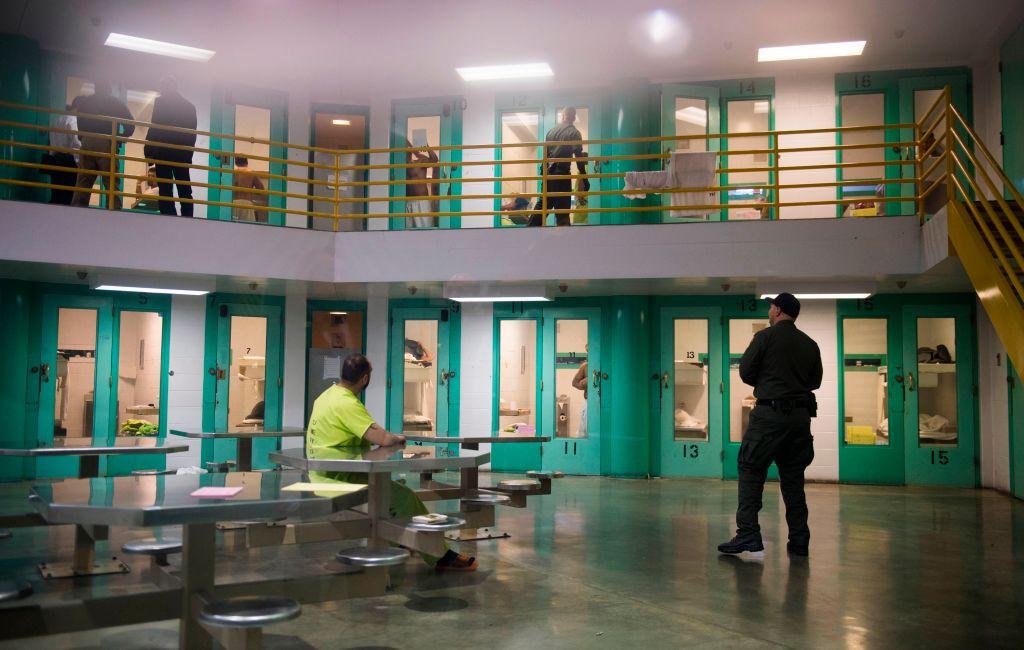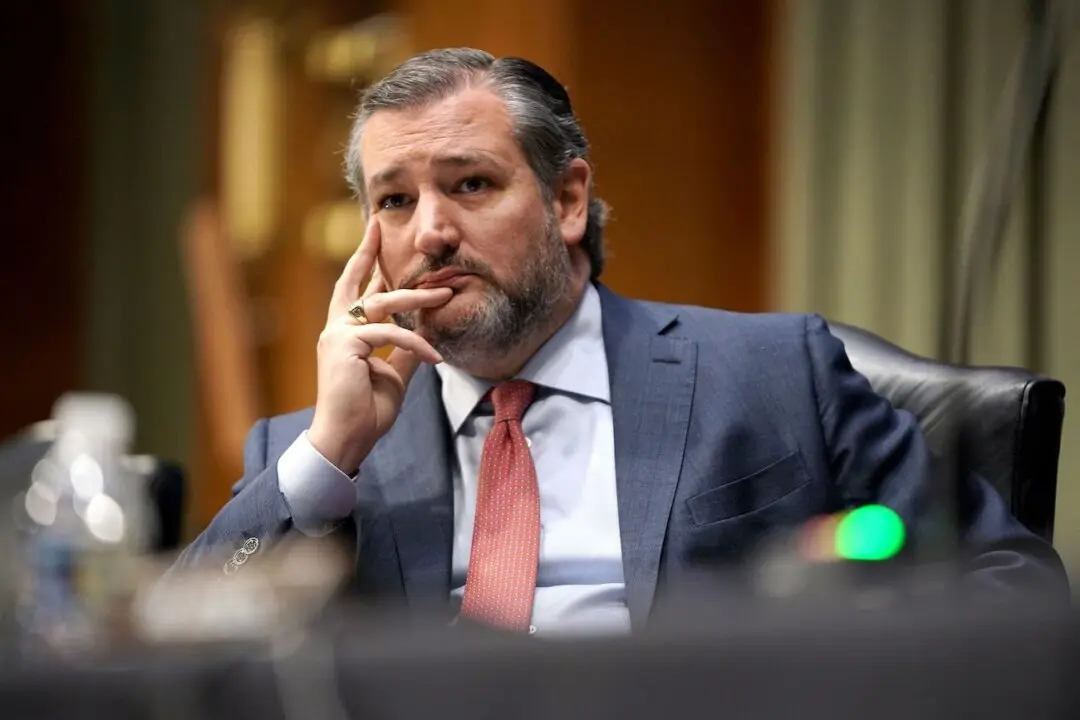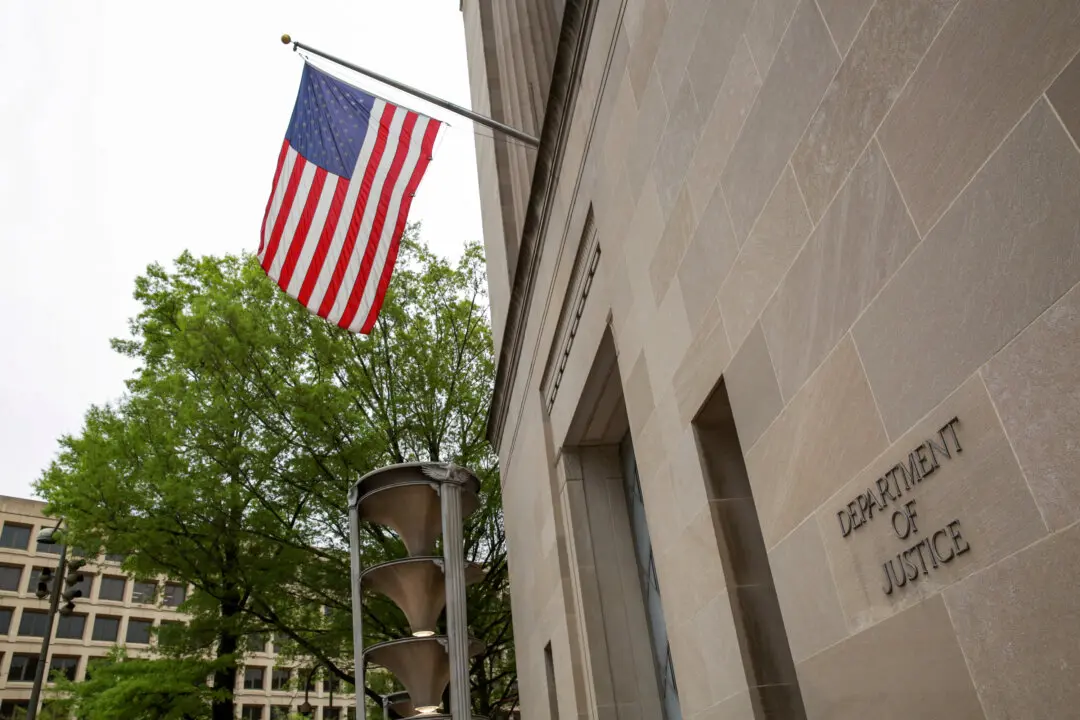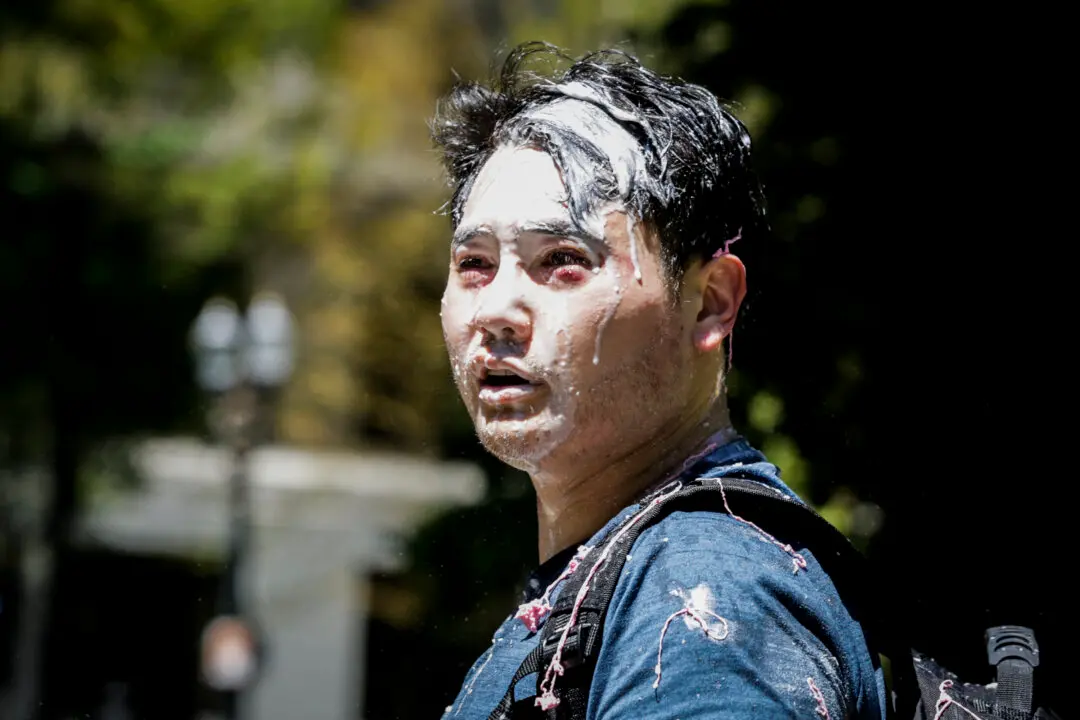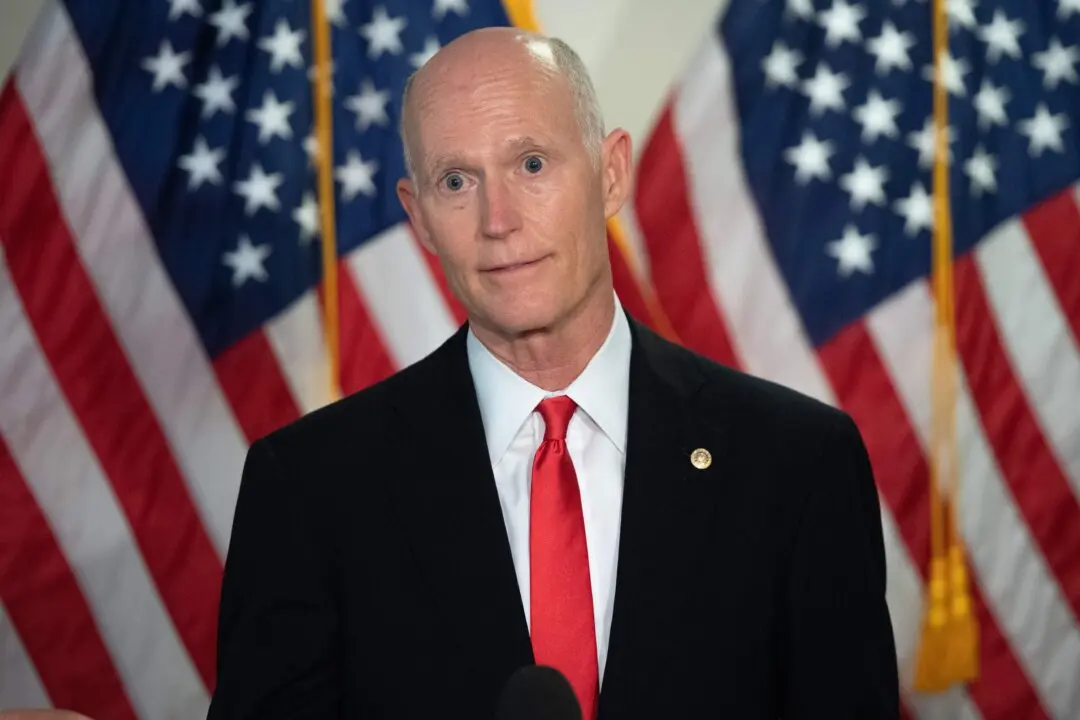New York City’s five district attorneys and a special narcotics prosecutor have criticized Mayor Bill de Blasio over his plan to release prison inmates, including those who may pose a “high risk to public safety” amid the CCP virus outbreak.
The top prosecutors for the Bronx, Brooklyn, Manhattan, Staten Island, Queens, and special narcotics prosecutor Bridget Brennan sent a letter to de Blasio and his correction commissioner Cynthia Brann informing them that they had reviewed the list of inmates proposed for release but expressed concern that some of those inmates included are considered “high risk” to the community.
